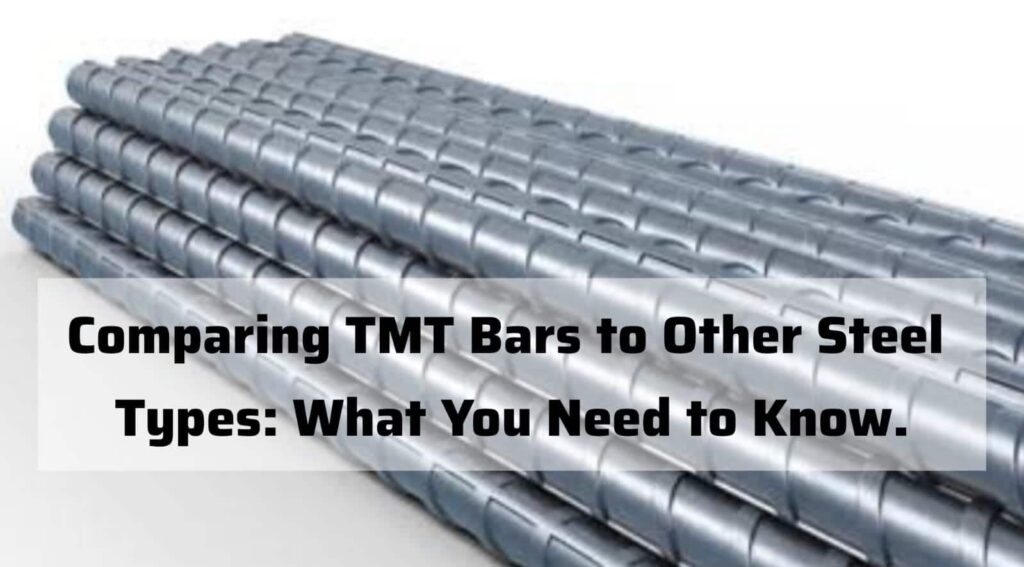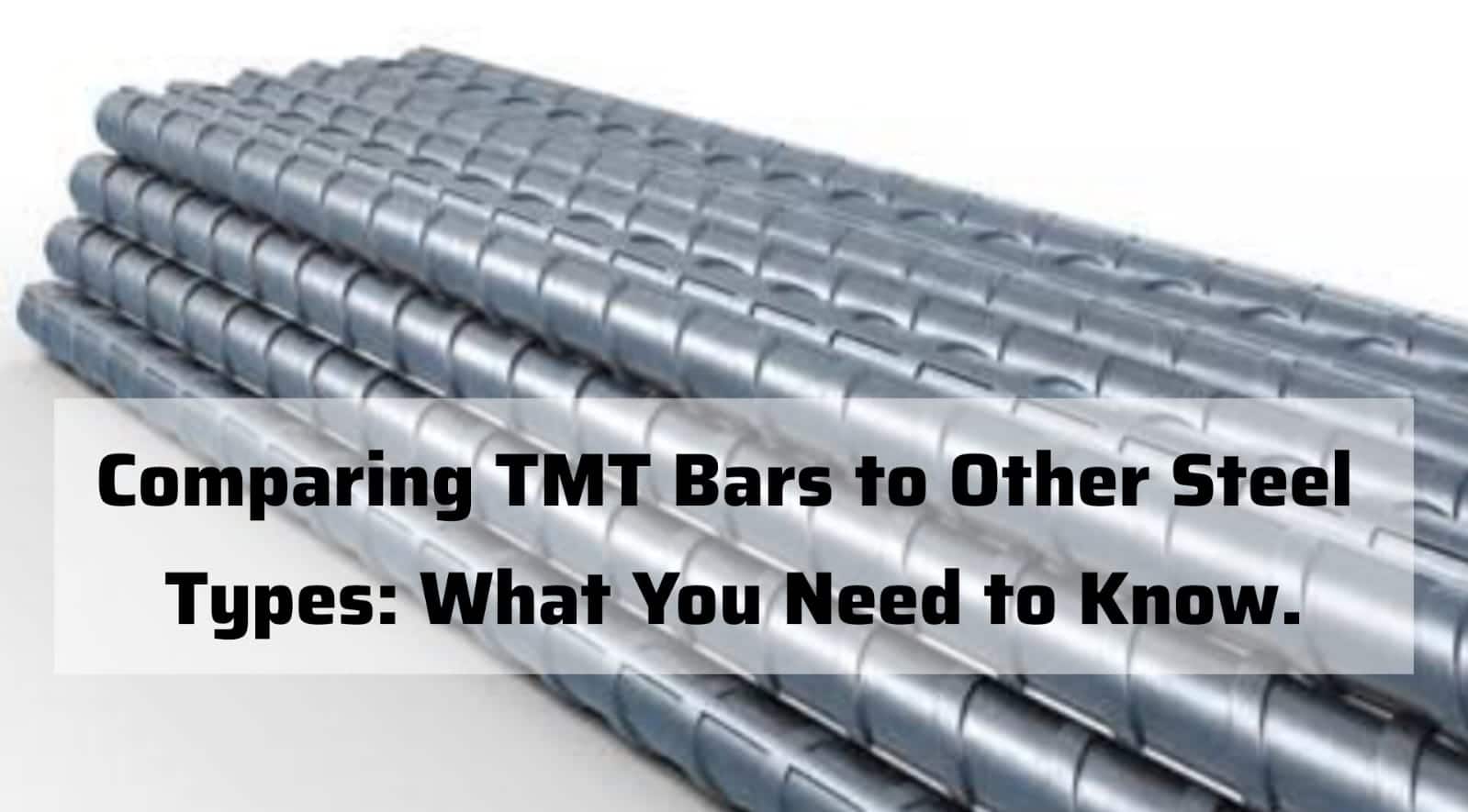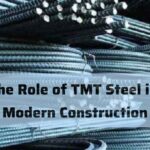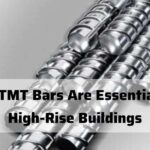When selecting the right type of steel to use, there is a need to differentiate between TMT bars and other types of steel. Thus, each type of steel has different characteristics that make it appropriate for certain uses.

Below is a comparison of TMT bars with other forms of steel. Based on this comparison, you will be in a better position to make a decision.
1. TMT Bars vs. Mild Steel:
Low-carbon steel, or what is commonly referred to as mild steel, is commonly used in construction. It is affordable and easy to fabricate, hence its use. However it possesses lower tensile strength than the TMT bars have to offer for the structures that they are used in. TMT bars go through a particular thermo-mechanical treatment. This process results in the bars having better strength, flexibility, and ductility compared to the bars made by other processes. But in the case of light- to medium-load-bearing structures, mild steel can be used, whereas for structures where there are heavy loads, TMT bars should be preferred. TMT bars also provide better earthquake resistance in structures. Besides, the TMT bars exhibit improved corrosion resistance compared to mild steel. As a result of this, they are more appropriate for harsh conditions.
2. TMT Bars vs. HYSD Steel:
High Yield Strength Deformed (HYSD) steel is used in construction because it has greater tensile strength. This is because, on the surface of the object, there are patterns of deformation caused by stresses. TMT bars are more flexible and perform better than HYSD steel, but they offer good strength. TMT bars have a combination of hard outer skin and a softer interior. This helps them to be able to take and release energy effectively. They are especially useful in areas that are prone to earthquakes since this feature is vital. In addition, TMT bars normally have better corrosion resistance properties than HYSD steel. HYSD steel is susceptible to rusting at some point in time.
3. TMT Bars vs. Reinforced Steel:
Reinforced steel or rebar can be TMT, mild steel, or others, but TMT is used most often. TMT bars are the kind of steel bars that are specially reinforced to improve their mechanical characteristics. Compared to the other types of reinforcing steel, it is possible to mark TMT bars as the ones providing better characteristics of strength and flexibility combined with durability. The method of making TMT bars involves thermo-mechanical treatment that yields high-strength steel. This steel has enhanced resistance to the environment. Such qualities can increase the life span of the construction.
4. TMT Bars vs. Stainless Steel:
Stainless steel also has the well-known characteristic of being highly resistant to corrosion, and it also has a nice appearance. It is applied where high resistance to the formation of rust or other similar materials is a necessity. This includes areas such as coastal or industrial areas. Nonetheless, stainless steel is relatively more expensive than TMT bars in terms of price. Contrary to what is usually believed, it is not always required for the majority of construction projects. For structures where cost is a major issue, TMT bars offer a better option as compared to other reinforcement bars. They are very strong and flexible, making them suitable for many construction projects.
Thus, it is possible to conclude that TMT bars have high strength, flexibility, and a relatively low susceptibility to corrosion. They are classified as mild steel, HYSD steel, reinforced steel, and stainless steel. As with most things in life, each type has its advantages and its purpose for use. It is to this end that understanding these differences will assist you in making the right choices when it comes to the type of steel for construction. This is a trade-off between performance, cost, and endurance.


